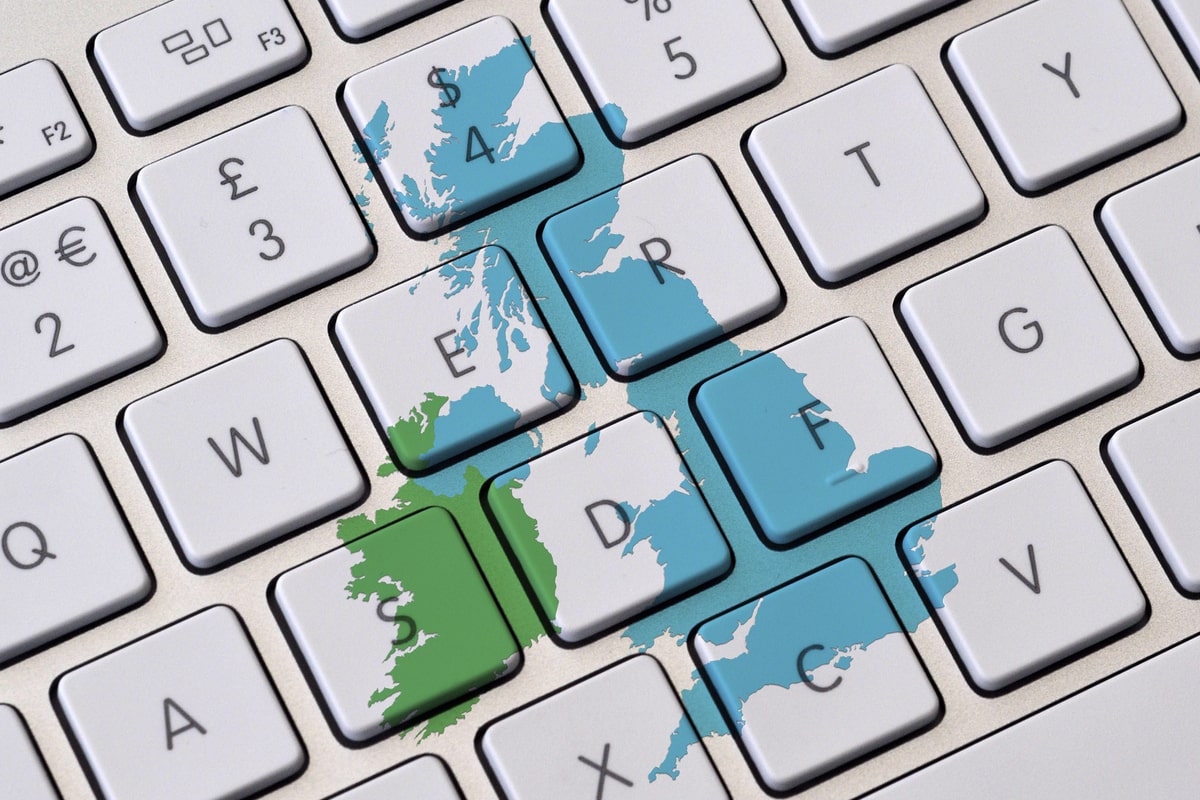Opinion: Our mission to reduce the credit invisibles
Jonathan Westley, chief data officer at Experian, on how enhanced use of data can mitigate "credit invisibility".
For many people, a typical credit report may contain a current account, a couple of utility accounts, a credit card and perhaps a mortgage. But what about those who do not have a bank account, pay for their energy with a top-up meter or aren’t named on any of the household bills?
Meet the credit invisibles – a population of people in the UK who are virtually invisible to the financial system because there is insufficient information available about their financial track record. In 2018, we ran some analysis which estimated that there were over 5.8 million adults in this position.
This group is often referred to as ‘no file’ when they aren’t on bureau records at all, or ‘thin file’ when there is some data yet not enough relevant information for organisations to make an informed decision.
With little or no information available, lenders are left with no alternative but to consider the invisibles to be high risk and can only offer them financial products at higher rates, if at all. This deficit of relevant financial information can also present problems for people trying to access crucial public services, owing to difficulties verifying their identity using online credit-report-driven services.
‘Credit invisibility’ doesn’t just affect those on the poorest incomes either – it affects a whole range of different people. For example, people may be credit invisible because they have just turned 18 and are new to credit, or they may have just recently moved to the country.
Alternatively, they could be older people who may have either paid off their mortgage and have limited use for credit, or have not previously relied on credit and, therefore, have no file at all.
Since we first conducted the analysis, we’ve worked hard to find innovative ways to bring more people into the mainstream financial system. The solution to this challenge lies in a combination of industry-led financial education coupled with the use of new, relevant data sources which can help build out thin credit files and deliver better financial products and services for everyone.
Over the last 12 months, we have continued to add financial information about people with thin or no credit files to the bureau by working with the industry to improve data quality and introduce new data sources.
As a result, our latest analysis shows that we’ve managed to reduce the number of credit invisibles by over 750,000 (13% reduction). While it’s pleasing to see our hard work is making a positive impact, the reality is that just over five million (5,049,129) people still remain credit invisible.
The release of the latest analysis coincides with Credit Awareness Week 2022, when people are encouraged to engage with their credit history and wider financial situation. This year’s event is especially significant, as more people begin to struggle financially against a backdrop of rising inflation and the strain of rising living costs. This follows the pandemic, which has tested the financial resilience of millions.
Moving forward together
We believe that introducing new and appropriate data sources is fundamental and will continue to work with the industry to unlock these opportunities. Government data sets, such as council tax, HMRC income and universal credit, could also be valuable to help tackle ‘credit invisibility’.
The wider industry can play a significant role in helping us move forward here. I would encourage you to take this opportunity to consider what new data your organisation can contribute, or how you can improve quality of data you already share.
Further to this, open banking holds vast potential to facilitate authorised data sharing between financial services providers. This is already helping lenders to understand people better and make more informed decisions on their affordability.
Experian Boost, for example, uses this technology to factor bank transactional information into their credit scores. The service can be used to thicken credit reports, boosting their credit scores and potentially tipping the balance between someone being refused or accepted for credit.
The next step is about moving as an industry to help build understanding about the benefits of these open banking tools, so that everyone can feel confident in how and when they want to share their data, and the value they get in return.
Together we can continue our mission to bring more people into the mainstream financial system, combat exclusion and prevent unaffordable borrowing.
Stay up-to-date with the latest articles from the Credit Strategy team
Get the latest industry news
 Jonathan Westley
Jonathan Westley





